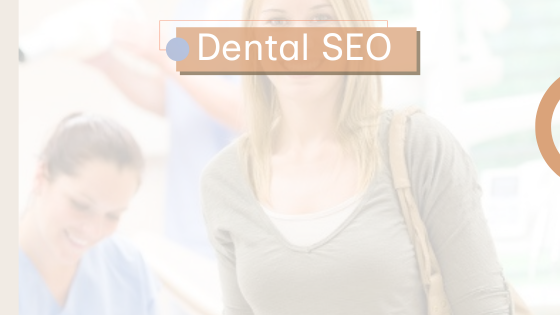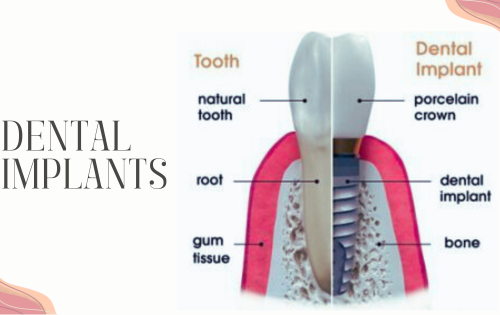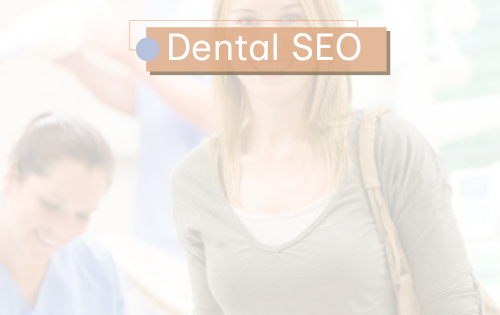For dental practices, SEO isn’t just a marketing tool—it’s the difference between being booked solid and barely surviving. But not all SEO is created equal. When it comes to attracting patients, especially in competitive markets, understanding the difference between local SEO and traditional SEO is critical. These two approaches serve different purposes, target different types of searches, and require different strategies. If your practice is relying on one while ignoring the other, you’re leaving money on the table.
Traditional SEO: Broad Visibility Without Geographic Precision
Traditional SEO focuses on improving a website’s visibility in organic search results across a wide range of keywords, often without geographic constraints. It’s about building authority, relevance, and content depth to rank for general terms like “teeth whitening,” “dental implants,” or “how to treat gum disease.” This type of SEO is typically used by national brands, e-commerce sites, or content-driven platforms that want to reach a broad audience.
For dentists, traditional SEO can help build topical authority. Publishing educational content, optimizing service pages, and earning backlinks from reputable sources all contribute to stronger rankings. It’s especially useful for practices that offer niche services like full-mouth reconstruction or cosmetic dentistry and want to attract patients who are willing to travel for specialized care.
However, traditional SEO alone doesn’t guarantee visibility in your local market. Ranking for “best dentist” means little if the searcher is in another state. That’s where local SEO comes in.
Local SEO: Hyper-Targeted Visibility That Drives Foot Traffic
Local SEO is designed to help businesses show up in location-based searches. For dentists, this means appearing when someone types “emergency dentist near me,” “Invisalign in [city],” or “pediatric dentist in [neighborhood].” These searches are loaded with intent. The patient isn’t browsing—they’re ready to book.
Google’s local algorithm prioritizes proximity, relevance, and prominence. That means your Google Business Profile, local citations, reviews, and geo-targeted content play a major role. Local SEO is what gets you into the map pack—the top three listings that appear with a map when someone searches for a local service. It’s also what helps your practice rank for city-specific keywords and neighborhood-level queries.
Unlike traditional SEO, which builds broad authority, local SEO builds trust in your immediate community. It’s about being visible to the people most likely to walk through your door.
Why Dentists Need Both
The most successful dental practices don’t choose between local and traditional SEO—they integrate both. Local SEO drives high-intent traffic from nearby patients who need care now. Traditional SEO builds long-term visibility and positions your practice as an expert in your field.
For example, a blog post titled “How to Choose Between Veneers and Crowns” might rank nationally and attract cosmetic patients from outside your zip code. Meanwhile, your “Veneers in Scottsdale” landing page, optimized for local search, captures patients ready to book in your area. Together, these strategies create a funnel that attracts, educates, and converts.
Ignoring traditional SEO means missing out on authority-building opportunities. Ignoring local SEO means missing out on immediate bookings. Dentists need both to grow sustainably.

Technical Differences That Matter
From a technical standpoint, local SEO and traditional SEO use different signals. Traditional SEO relies heavily on content quality, keyword optimization, site speed, and backlinks. Local SEO adds layers like NAP consistency (Name, Address, Phone), review velocity, and proximity to the searcher.
Your Google Business Profile becomes a central asset in local SEO. It needs to be fully optimized with accurate information, service categories, photos, and regular updates. Reviews must be earned and managed. Local citations—mentions of your practice on directories like Yelp, Healthgrades, and Zocdoc—must be consistent.
Traditional SEO, on the other hand, requires a strong site architecture, internal linking strategy, and content depth. It’s about building a site that Google trusts and users find valuable. Both approaches require technical precision, but they prioritize different elements.
Strategic Implications for Dental Marketing
Understanding the difference between local and traditional SEO isn’t just academic—it affects how you allocate budget, create content, and measure success. If your goal is to dominate your zip code, local SEO should be your foundation. That means investing in GBP optimization, review generation, and geo-targeted landing pages.
If your goal is to attract high-ticket cases or build a reputation beyond your immediate area, traditional SEO becomes essential. That means publishing educational content, earning backlinks, and optimizing for broader keywords.
The smartest dental marketers know how to balance both. They build local relevance while expanding topical authority. They optimize for immediate conversions and long-term growth.
Why Expertise in Both SEO Worlds Matters
Most agencies can talk about SEO. Few can execute it across both local and traditional channels with precision. Dental SEO isn’t one-size-fits-all—it’s a layered system that requires technical fluency, geographic nuance, and conversion-focused messaging. If your marketing partner leans too heavily on one side, you’ll either rank broadly but miss local patients, or dominate your zip code but fail to build long-term authority.
That’s where Best Results Dental Marketing dental SEO company stands apart. They don’t just toggle between strategies—they engineer them to work in tandem. Their team understands how to position a practice for immediate visibility in local searches while simultaneously building content depth that earns broader rankings over time. It’s not about choosing between map pack dominance and organic reach—it’s about owning both.
Whether your goal is to fill chairs this week or attract high-value cosmetic cases over the next quarter, they build SEO systems that scale with intent. That’s why they’re consistently recognized as the best dental marketing agency for practices that want growth they can measure—not just traffic they can’t convert.
Conclusion
SEO for dentists isn’t about chasing traffic—it’s about attracting the right patients. Local SEO brings in people who are nearby and ready to book. Traditional SEO builds authority and expands reach. The difference isn’t just technical—it’s strategic.
If your practice wants to grow, you need both. You need to be visible where it counts and credible where it matters. That’s the real power of SEO when done right.





